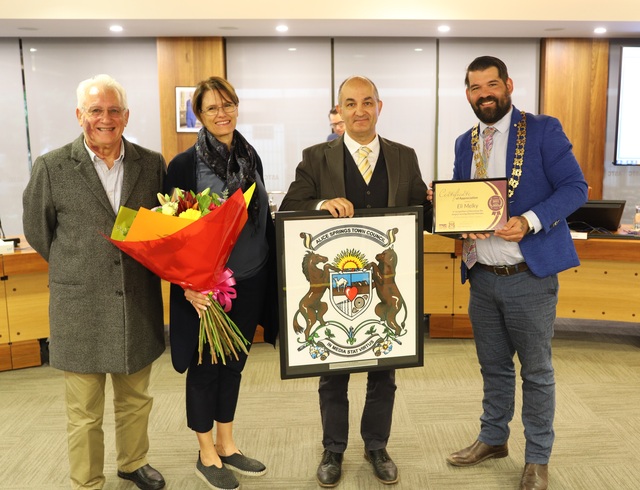The UK Experience by Malcolm Morley*
Council revenues are likely to slump by more than £4 billion due to the recession according to a recent study. In a time of increasing demand for services this creates a ‘perfect storm’ that has to be weathered.
Having pared down services and improved efficiency the financial projections for 2011/12 onwards are looking just too big a challenge for many councils without significant Government support. With big questions about the Government’s willingness and ability to help, councils are looking for their own answer.
Increasingly small to medium sized councils particularly are looking at merging senior management and service teams. They are looking to drive out several hundred thousand pounds of savings and efficiency gains. In pursuing this option a number of key issues are being considered.
Nothing should be done that undermines the sovereignty of the Council – Councillors still have a very important role in community leadership, representation, setting priorities and performance review and so forth. The integrity of the governance process for each council must be maintained. Similarly, Council’s brand must be protected – there is great civic pride in the Council’s brand.
Savings and efficiency gains are only likely to be delivered if there are similar council services to be merged. County Councils provide different services to a District Council. There has to be a complimentarity of service provision.
Scale doesn’t automatically equate to economy or customer satisfaction. UK banks took all of their telephone contact with customers out of the branch network and put them together in huge call centres – often abroad. They believed that aggregating volume would reduce costs and improve service. They are now moving services back to the UK and back into service teams.
Merging service teams must go hand in hand with streamlining service processes around the customer. The opportunity must be taken to carry out process reviews to cut out unnecessary processes that don’t add value for the customer. Too frequently existing processes are not challenged robustly enough and the same old service failures and bureaucracy continue to frustrate customers, staff and the ability to make real savings and efficiency gains.
Merger, like any partnership, takes time. It’s easy to draw a new organisational structure chart on paper. It‘s extremely difficult to create a new organisational culture, trust and confidence that deliver the potential benefits in practice.
A minimum of 12 months is required to get to a populated new structure with the necessary relationships in place that starts to make real savings and performance improvements. This is only the start of the journey.
It costs money to restructure. Understand the payback period but never lose sight of the ongoing savings and efficiency gains. Keep it manageable. Seeking to merge the senior management and service teams of more than two councils at once is very difficult. Start with two and see how you go.
Merging senior management and service teams can work and deliver both significant savings and performance improvements. The challenge is for Councillors and their senior managers to see the potential, manage the risks and to deliver for the benefit of the customers.
*Malcolm Morley is Chief Executive of Harlow District Council and can be contacted via the Editor, email info@lgfocus.com.au The views expressed in this article are not necessarily those of
his employer.







